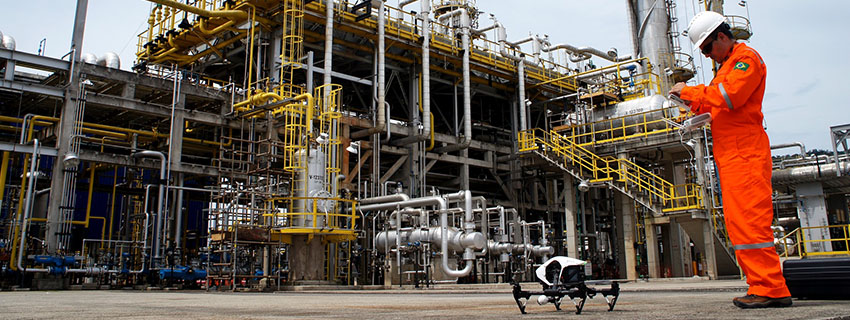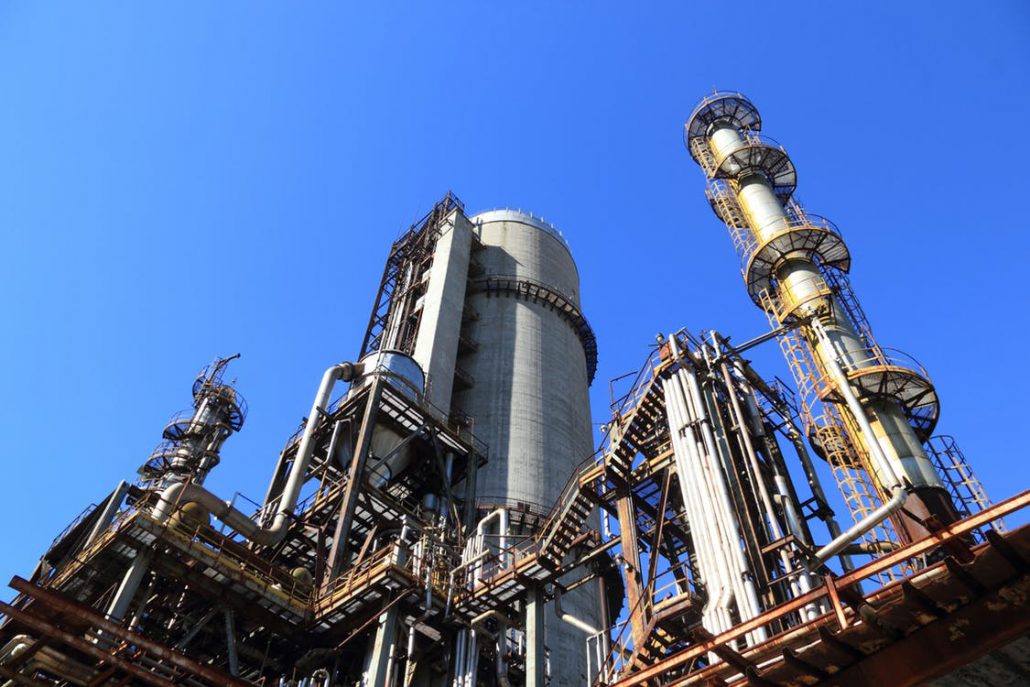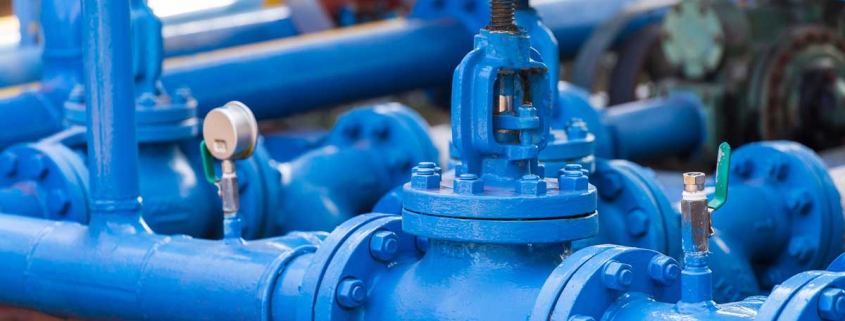Natural Gas Infrastructure Demands in 2021
The natural gas infrastructure went through major changes and pressures throughout 2020. 2020 was an unprecedented time for the energy industry, and both oil and gas saw declines in 2020 — especially early in the year. But natural gas is rebounding and demand is improving, and this is expected to continue throughout 2021. Let’s take a look at how the Permian Basin and Eagle Ford shale regions are being developed, as well as the current natural gas demand.
Permian Basin Oil Production
It’s believed that Permian Basin oil is going to rebound significantly through 2021. Natural gas production is more stable than oil production, seeing fewer valleys. For oil, there was a steep drop off in late 2020. For natural gas, production was relatively stable throughout.
Regardless, Permian Basin oil production and natural gas production are at highs. Permian basin pipeline capacity has been increased as of January, primarily by the Permian Highway Pipeline, which can move 2.1 billion cubic feet per day.
The Permian Basin is, of course, one of the most important oil producing areas, accounting for 40 percent of the US oil. But for natural gas, everything is more distributed; only 15 percent of natural gas is produced in the Permian Basin. Gas production has started to exceed pipeline capacity in the Permian Basin and, consequently, prices have started to fall.
Eagle Ford Shale Development
About 40 percent of Eagle Ford’s shale production is expected to be within the first five years of development, so there will be a substantial decline thereafter. However, this should produce a significant amount of oil and natural gas that will then be able to be put into distribution.
Eagle Ford Shale is one of the most significant economic investments in Texas’ history and is of significant importance to the state and the industry. Nevertheless, Eagle Ford’s production is expected to decline in 2021 by about 10 percent. This will not be a permanent decline, however. By 2022, both oil and natural gas are going to be more in demand, and both the Eagle Ford and Permian Basin regions should be in full production.
The Eagle Ford pipeline capacity, which connects to the Permian basin, will be 450,000 barrels per day. Further, if the Eagle Ford shale trend improves, capacity could be increased to 540,000 / day. The Eagle Ford shale reserves are expected to last up to 30 years. Regardless, the Eagle Ford shale pipeline has boosted capacity significantly.



An oil and gas facility
Natural Gas Infrastructure Demands
It’s easy to see that production levels are improving, throughout both the oil and natural gas industries. But demand is increasing. EIA has increased price forecasts and expects higher wholesale United States natural gas prices. The EIA expects that electricity consumption could rise up to 1.3 percent in 2021.
Of course, that also means that consumers may be seeing higher bills. But higher usage is also predicted. As businesses start to operate again and economies start to flow, it’s likely that natural gas will start to be used even more — that includes restaurants, with the restaurant industry being significantly weakened by COVID-19, and the travel industry, which has been effectively stalled over the course of the last year.
During COVID-19, energy production saw a drop in demand due to the drop in activity throughout the world. Many businesses were shuttered, and many individuals ceased to travel. Oil, more linked to traffic, suffered substantially more than natural gas, more linked to household use.
Natural gas and oil are both on the rebound. Though a significant amount of energy use dropped during COVID-19, industries are now recovering and starting into action. Due to economic and business stimulus, it’s likely that the economy will be opening up again shortly. Because of that, construction is going to resume on pipelines, pipelines are going to start moving again, and the natural gas and oil industries are very likely to continue to grow. Both natural gas and oil are still at highs relative to the last decade — and growing.




